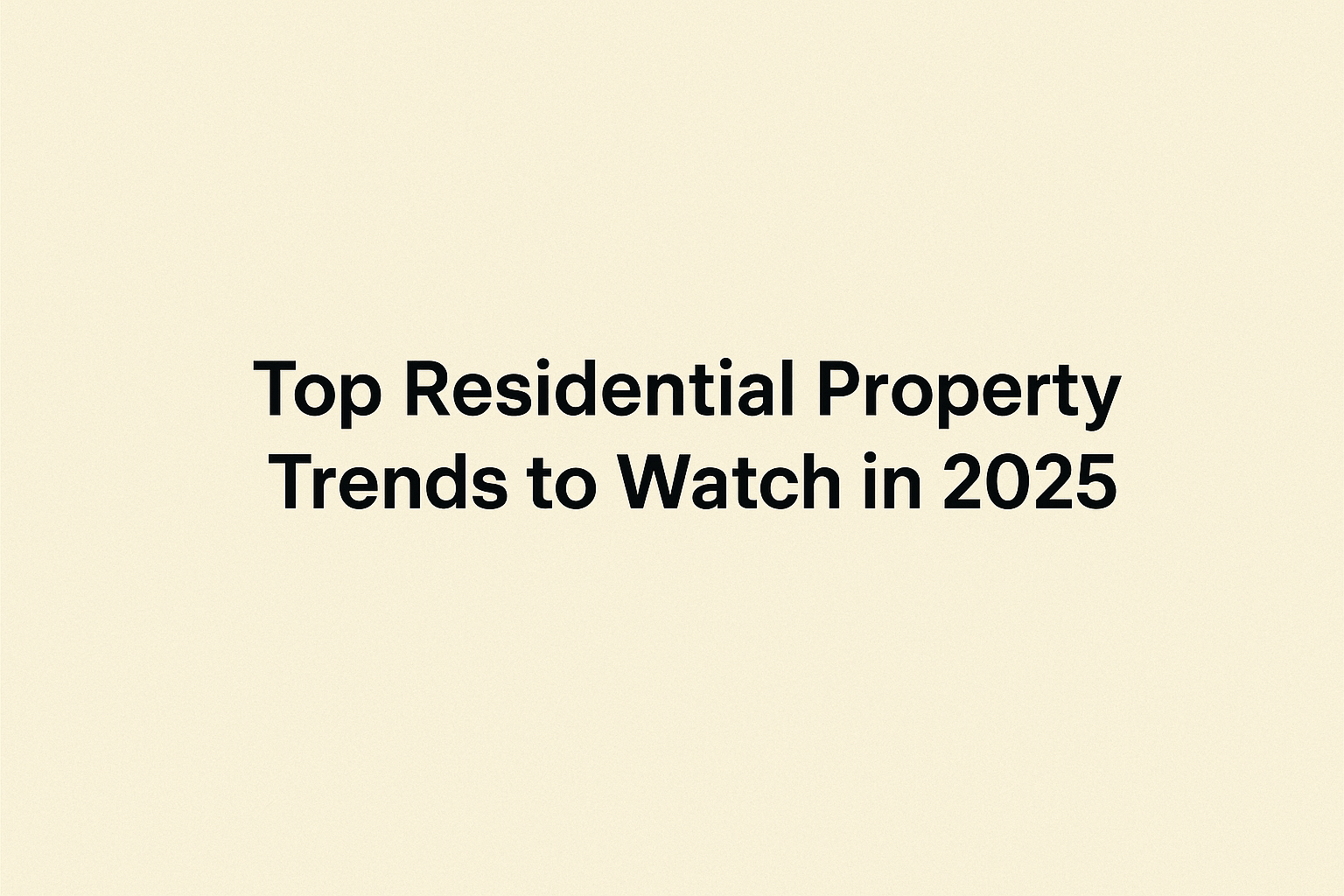The real estate landscape in India for 2025 is dominated by two contrasting narratives — the surge in luxury housing and a steady, grounded demand for affordable housing. For investors and homebuyers alike, deciding which is the wiser bet is not straightforward. So, let’s dive deep into Luxury vs Affordable Housing: Where Should You Invest in 2025?
Understanding Both Segments
-
Luxury Housing: Properties in prime locations, high-end finishes, premium amenities (spa, concierge, pool, sky lounges), smart features, limited supply, higher ticket sizes.
-
Affordable Housing: Budget-friendly homes targeted at lower- and middle-income buyers, often supported by government subsidies, simpler amenities, and located in expanding peripheral zones.
Market Dynamics in 2025
-
Growing Share of Premium Transactions
In H1 2025, properties above ₹1 crore captured 62% of sales value in metros, indicating a shift toward luxury demand.Even when volumes declined in Q3 2025, the total sales value jumped 14%, led by premium and luxury properties.
-
Affordable Segment Under Pressure
The share of affordable housing in key metros has shrunk, thanks to rising input costs, land scarcity, and regulatory complexities. -
Government Support for Lower-Mid Segments
-
Programs like Pradhan Mantri Awas Yojana (PMAY) continue to push demand and financing favorability for affordable housing.
-
Rising Input Costs & Land Prices
Costs of land, materials, labor, and compliance (environment, legal) make affordable housing margins thin, pushing developers toward premium projects. -
Investor Sentiment & NRI Focus
Wealthy buyers and NRIs are showing increasing interest in luxury properties in prime cities due to stability, global appeal, and asset diversification.
Pros & Cons: Luxury Housing
Advantages
-
Higher Margins & Price Premium
You get a premium for location, amenities, and exclusivity. -
Strong Branding & Differentiation
Branded residences (luxury developers) command reputation, trust, and visibility. -
Stable Demand in Top Buyers
Affluent buyers often less impacted by economic cycles, continuing to invest in luxury homes. -
Prestige & Lifestyle
For personal use, luxury properties bring bragging rights, status, and superior living standards.
Risks & Challenges
-
Low Liquidity in Some Markets
Finding buyers for high-ticket luxury homes can be harder, especially in less prime locations. -
High Holding Cost
Maintenance, property tax, and carrying costs are significantly higher. -
Vulnerability to Economic Downturns
In market correction phases, luxury demand can soften first. -
Longer Sales Cycle
It may take longer to close deals in luxury segment.
Pros & Cons: Affordable Housing
Advantages
-
Strong Demand & Volume
A broad base of buyers, especially first-time homeowners, gives stability. -
Faster Sales & Turnover
Homes in this range often sell faster due to affordability. -
Government Incentives
Subsidized loans, tax benefits, and lower GST/stamp duty in many states. -
Lower Holding Cost & Entry Barrier
Easier for middle-income buyers to enter the market.
Risks & Challenges
-
Thin Margins for Developers
Cost escalations can compress profitability. -
Quality & Amenity Trade-off
To maintain affordability, amenities might be limited or lower grade. -
Peripheral Locations & Dev Risks
Affordable homes are often located in outskirts; connectivity and infrastructure may lag. -
Regulation & Approval Delays
Delays can disproportionately hurt margins in tight budget projects.
What to Consider When Choosing
-
Capital & Time Horizon
If you have significant capital and can wait, luxury may yield better upside. For moderate capital and shorter-term returns, affordable is safer. -
Risk Tolerance
Luxury carries higher volatility and slower turnover. Affordable is steadier, though margins are limited. -
Location & Connectivity
Even in luxury, if the location is weak, value suffers. For affordable, good connectivity and infrastructure can mitigate distance drawbacks. -
Developer Track Record
For either segment, trust in the developer is critical — timely delivery, quality, and reputation matter. -
Diversification
For many investors, a mix across segments provides balance — luxury for premium upside, affordable for volume and stability.
Suggested Strategy for 2025
Given current trends:
-
In metros and prime locations, leaning toward luxury / premium housing may give higher returns because that market is outperforming.
-
In growing secondary cities or suburbs, affordable / mid-segment homes still offer safer and more consistent returns.
-
Use hybrid investment — allocate a portion to luxury for upside, and portion in affordable for stability and liquidity.
Final Thoughts
There is no “one-size-fits-all” answer. Luxury offers glamour, prestige, and high upside, but carries more risk and slower liquidity. Affordable housing offers stability, predictable demand, and faster turnover, albeit with limited margin.












